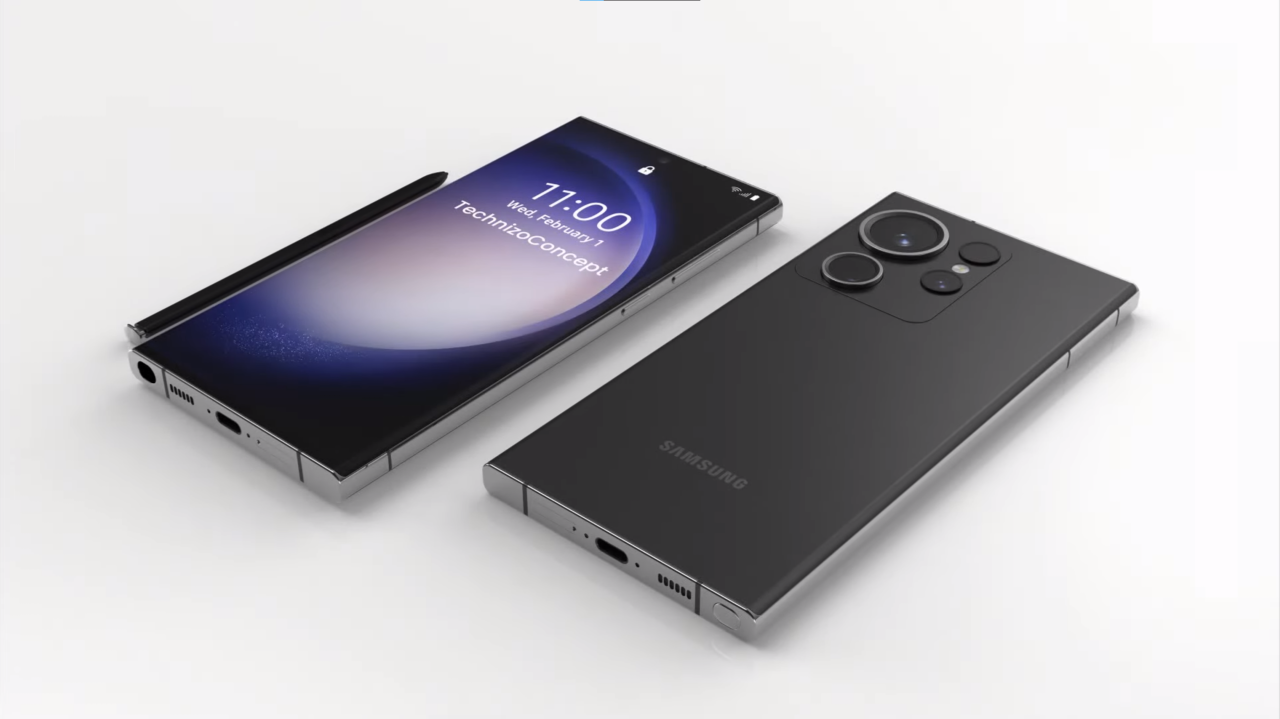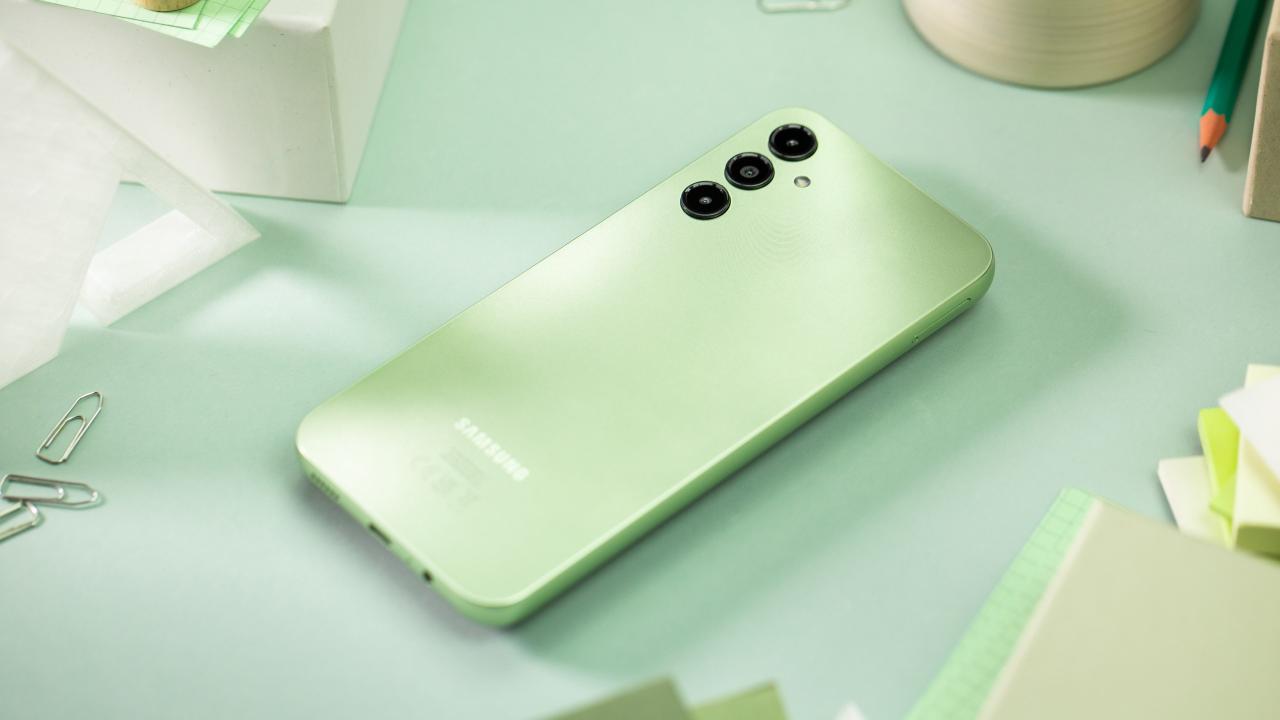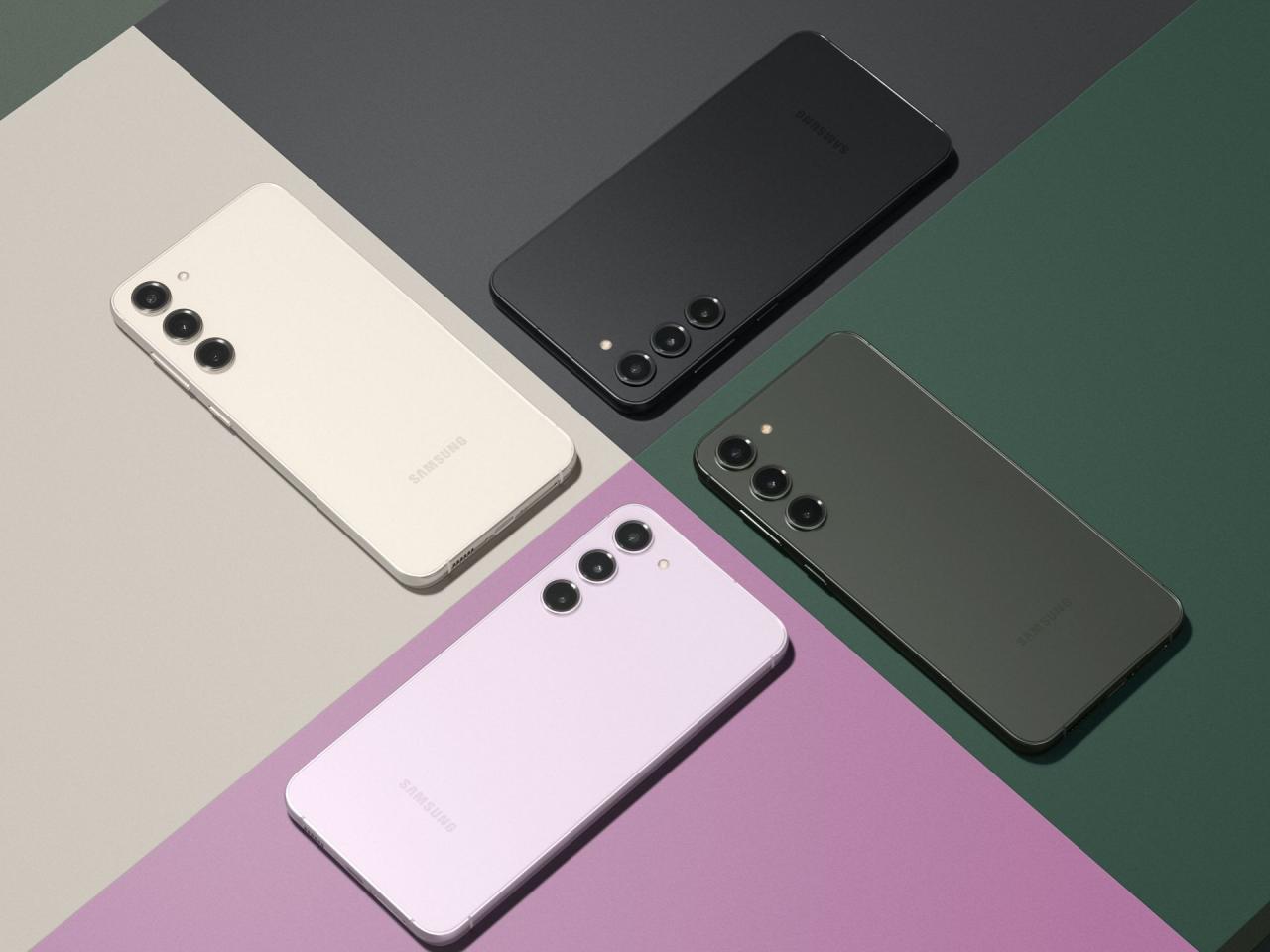samsung note7, a remarkable yet controversial chapter in smartphone history, showcases the balance between innovation and safety. Launched with impressive features like a stunning display, enhanced S Pen functionality, and an advanced camera, the Note7 aimed to set new standards in the tech industry. However, the excitement surrounding its release quickly turned into a cautionary tale, as battery issues led to widespread recalls and safety concerns, reshaping consumer trust and market dynamics.
This narrative delves into the evolution of the Samsung Note7, tracing its development timeline, examining the features that captivated consumers, and exploring the aftermath of its unfortunate technical hiccups. It’s a story of ambition, consumer response, and the critical lessons learned that would ripple through the tech industry for years to come.
History of Samsung Note7

The Samsung Note7, launched in August 2016, represented a significant evolution in Samsung’s flagship phablet series. This device was aimed at users who desired a powerful smartphone with advanced features tailored for productivity and creativity. Despite its initial acclaim, the Note7’s journey was marred by critical safety concerns that ultimately led to its discontinuation.
The development of the Samsung Note7 began with the intent to enhance the user experience established by its predecessors, the Note5 and Note5 Edge. Key milestones in the timeline include the unveiling at the Samsung Unpacked event on August 2, 2016, followed by its global release on August 19, 2016. The Note7 was marketed as a device that seamlessly integrated hardware and software, offering enhanced features for both work and play.
Key Features Marketed at Launch
At launch, the Samsung Note7 was promoted for several standout features that distinguished it from earlier models in the Note series. These features included:
- Dual Edge Display: The Note7 featured a stunning 5.7-inch Quad HD Super AMOLED display with a dual-edge design, providing a more immersive visual experience and easier access to notifications.
- Improved S Pen: The S Pen stylus received enhancements, such as increased pressure sensitivity and water resistance, allowing for more precise input and creativity.
- Samsung Knox: Equipped with enhanced security features, the Note7 incorporated Samsung Knox, which provided enterprise-level security for data protection.
- Camera Quality: The device boasted a top-tier 12 MP dual-pixel rear camera with advanced low-light performance and features like optical image stabilization, making it ideal for photography enthusiasts.
- Battery Capacity: It was equipped with a 3,500mAh battery that supported fast charging and wireless charging capabilities, appealing to power users who needed longevity.
Comparison with Predecessor Models
To contextualize the Samsung Note7 within the evolution of the Note series, it’s essential to compare it with its immediate predecessor, the Note5, as well as the Note4. The following aspects highlight the differences:
| Feature | Samsung Note4 | Samsung Note5 | Samsung Note7 |
|---|---|---|---|
| Display Size | 5.7 inches | 5.7 inches | 5.7 inches (Dual Edge) |
| Processor | Snapdragon 805 | Exynos 7420 | Exynos 8890 |
| Camera | 16 MP | 16 MP | 12 MP (Dual Pixel) |
| Battery | 3,220mAh | 3,000mAh | 3,500mAh |
| S Pen Features | Basic | Improved | Enhanced with more features |
The Samsung Note7 not only retained the best features from its predecessors but also introduced significant advancements in design and functionality, aimed at enhancing the overall user experience. However, the subsequent battery issues overshadowed the innovative elements of the device, leading to its eventual recall and discontinuation.
Technical Issues and Recall: Samsung Note7
The Samsung Galaxy Note7 was positioned as a flagship device, showcasing the pinnacle of smartphone innovation. However, it became infamous for the serious technical issues that plagued its release, ultimately leading to a global recall. The battery problems not only jeopardized user safety but also significantly impacted Samsung’s standing in the competitive tech market.
One of the most critical issues with the Note7 involved its lithium-ion battery, which was prone to overheating and, in some cases, catching fire. Initial reports of incidents began to surface soon after the device launched, with users experiencing spontaneous combustion while charging or using the phone. This prompted Samsung to take action, leading to an official recall of the device.
Battery Issues and Safety Concerns
The battery failures were attributed to a combination of design flaws and manufacturing errors. Samsung identified two primary problems: the size of the battery and certain manufacturing defects within the cells. The design of the Note7’s battery compartment left little room for error, resulting in the potential for internal short circuits. To illustrate the severity of the situation, reports indicated that at least 35 incidents of fire were linked to the Note7, which drew significant media attention and public concern.
To mitigate the crisis, Samsung implemented a series of strategic responses:
- Initial Recall: In September 2016, Samsung issued an initial recall of approximately 2.5 million Note7 devices.
- Replacement Program: The company offered users a replacement device, which was supposed to feature a safer battery. However, incidents continued with the replacements.
- Complete Withdrawal: Following ongoing reports of fires, Samsung permanently halted production and sales of the Note7 in October 2016, ultimately recalling all devices that had been sold.
- Investigation and Transparency: Samsung commissioned an independent investigation to determine the root causes of the battery failures, which included assessing internal and external factors contributing to the incidents.
- Improvements in Safety Protocols: The company introduced enhanced safety measures for future battery designs, including a new 8-point battery safety check.
The repercussions of the Note7 recall were profound and far-reaching for Samsung. The incident not only led to substantial financial losses—estimated at over $5 billion—but also severely damaged the company’s reputation. Customer trust was eroded, resulting in a decline in brand loyalty. Furthermore, the tech community closely scrutinized Samsung’s other products, raising concerns about quality and safety across its entire lineup. The Note7 debacle serves as a cautionary tale in the industry, highlighting the paramount importance of rigorous testing and quality assurance in device manufacturing.
Consumer Reactions and Market Impact

The Samsung Note7 crisis elicited a wide range of reactions from consumers that had lasting implications on the brand and the smartphone market. The incident, characterized by battery failures leading to fires, caused significant concern among users and potential buyers. As reports of incidents surfaced, consumer trust in Samsung was put to the test, with many expressing fear and disappointment towards the company’s flagship product.
Consumer feedback overwhelmingly reflected anxiety over safety and skepticism regarding Samsung’s commitment to resolving the issues. Social media platforms became a hotbed for discussions, with numerous users sharing their experiences and concerns. Many reported feeling betrayed by a brand they had trusted. The hashtag #Note7 became synonymous with the crisis, dominating trending topics as consumers voiced their discontent.
Sales Performance Post-Crisis
The sales performance of Samsung following the Note7 crisis revealed a stark contrast to the pre-crisis era. Initial reports indicated a dramatic decline in sales as consumers hesitated to purchase new devices in the wake of safety concerns. According to industry analysts, Samsung’s mobile division experienced a significant downturn, with a reported decrease of over 30% in the fourth quarter of 2016 compared to the previous quarter.
Despite these setbacks, Samsung managed to rebound by strategically launching new products and reinforcing safety measures. The release of the Galaxy S8 in 2017 marked a turning point, showcasing enhanced features and a renewed focus on quality control. This effective recovery strategy resulted in a gradual resurgence in consumer confidence, ultimately allowing Samsung to reclaim its position as a market leader.
Competitor Responses to Market Challenges, Samsung note7
Competitors in the smartphone market closely monitored the fallout from the Note7 incident, taking advantage of Samsung’s vulnerability. Brands such as Apple, Google, and Huawei adjusted their marketing strategies to capitalize on consumer distrust towards Samsung.
– Apple leveraged the situation by emphasizing the safety and reliability of its devices, launching targeted ads that highlighted the iPhone’s robust security features.
– Google seized the moment with the release of the Pixel, promoting its camera capabilities and seamless integration with Android services as appealing alternatives to the Note7.
– Huawei positioned itself as a strong contender in the high-end smartphone market, expanding its marketing efforts and showcasing its flagship devices at major tech events.
These strategic responses not only helped competitors gain market share but also illustrated the volatile nature of consumer trust in technology brands. The Note7 incident served as a cautionary tale, reminding companies of the critical importance of safety and reliability in product development.
Lessons Learned and Industry Changes

The Samsung Note7 incident served as a wake-up call for the tech industry, highlighting critical areas of product safety and consumer trust. The cascading effects of this debacle reshaped practices within not just Samsung but across the entire smartphone manufacturing landscape. Companies are now more vigilant and proactive in ensuring that safety is at the forefront of their design and production processes.
The Note7 crisis underscored the importance of stringent safety protocols and quality control measures in electronics manufacturing. As a result, the industry has seen a shift towards more rigorous testing standards and safety regulations that aim to prevent similar incidents. Manufacturers have begun to implement comprehensive battery testing protocols that include multiple stages of assessment, such as real-world stress tests and simulations of extreme conditions.
Changes in Regulations and Standards
The aftermath of the Note7 incident has prompted significant changes in regulations and safety standards within the smartphone industry. These changes are focused on establishing a more robust framework for product safety, particularly concerning battery technology.
Key changes include:
- Enhanced Testing Protocols: Regulatory bodies have introduced new testing requirements that mandate rigorous examination of battery performance under various conditions to identify potential hazards before products reach the market.
- Certification Processes: Manufacturers are now required to obtain certifications from recognized bodies that demonstrate compliance with safety standards, ensuring that products meet established criteria before distribution.
- Transparency in Manufacturing: Companies are encouraged to disclose their battery sourcing and production methods to increase accountability and ensure sustainable practices.
- Increased Collaboration with Suppliers: Manufacturers are now working closely with battery suppliers to implement standardized safety benchmarks across the supply chain.
Adaptations by Other Companies
In response to the lessons learned from the Note7 incident, various tech companies have re-evaluated their manufacturing processes and safety protocols. These adaptations have significantly influenced how products are developed and brought to market.
For instance:
- Apple: Following the Note7 incident, Apple implemented stricter battery testing procedures and enhanced quality assurance measures in its supply chain, ensuring that every component undergoes thorough scrutiny.
- LG: The company took proactive measures by establishing an extensive battery testing lab, focusing on advanced risk assessment techniques to identify and mitigate potential hazards in their devices.
- Google: In the development of its Pixel line, Google incorporated multiple layers of battery safety checks and began utilizing machine learning to analyze battery performance data and predict potential failures.
The collective response from the tech industry has resulted in a more safety-conscious approach to product development. This shift not only aims to restore consumer confidence but also to ensure that the technology sector prioritizes user safety above all else. The Note7 incident, while disastrous, served as a catalyst for positive change, driving improvements that will benefit consumers and manufacturers alike.
FAQ Overview
What caused the recall of the samsung note7?
The recall was primarily due to battery malfunctions that led to overheating and, in some cases, explosions.
How did Samsung address the battery issues?
Samsung implemented a comprehensive recall process, offered exchanges for affected devices, and enhanced their quality control measures.
What was the impact of the note7 incident on Samsung’s sales?
Despite the crisis, Samsung managed to recover and maintain strong sales in subsequent quarters, with strategic marketing and product improvements.
How did competitors react to the samsung note7’s issues?
Competitors capitalized on the situation by promoting their own devices as safer alternatives, highlighting their commitment to quality and consumer safety.
What lessons did the industry learn from the note7 incident?
The incident underscored the importance of rigorous safety testing and transparency in addressing product issues to maintain consumer trust.
The Samsung Galaxy F offers an impressive blend of affordability and performance, making it a top choice for budget-conscious consumers. With its vibrant display and capable camera, this smartphone is designed to deliver an enjoyable user experience without breaking the bank.
When we look back at its predecessor, the Galaxy S 7 set a high standard for premium smartphones. With its sleek design and powerful hardware, it continues to be a favorite among tech enthusiasts who appreciate its blend of style and advanced features, even years after its release.